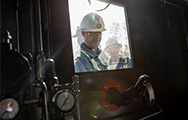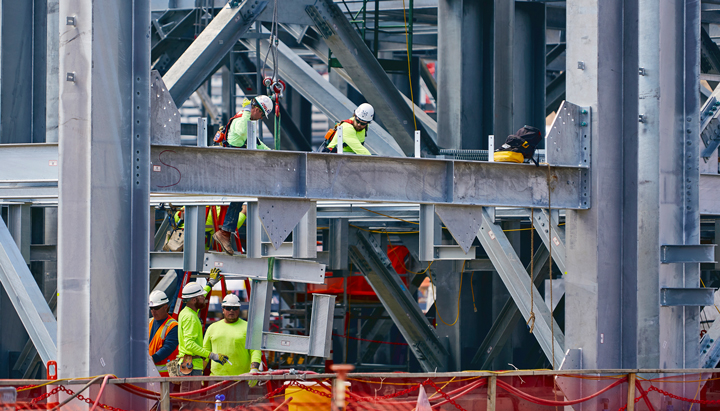Embedding sustainability into projects
Safety, the environment and communities are vital considerations when we plan, design and operate our projects and facilities.
We conduct impact assessments for every major project and consider the economic, social, environmental and health opportunities and risks. Managing these as well as political, commercial and technical risks is essential to delivering a successful project.
We engage with communities and other stakeholders to discuss projects. Their input helps us to design better projects, comply with relevant social and environmental regulations, and align with international standards. This includes standards from the World Bank and the International Finance Corporation.
We train our project teams to embed sustainability into projects and aim to balance short- and long-term business interests. Specialists support our project teams in areas such as biodiversity, waste, air, energy and water management, and human rights, including indigenous peoples’ rights, cultural heritage and resettlement.
The mandatory requirements in our Health, Safety, Security, Environment and Social Performance Control Framework help to ensure our projects and facilities are managed safely, responsibly and in a consistent way.
We use our framework for greenhouse gas (GHG) management in projects to evaluate options to drive our GHG intensity performance. Our planning process helps to guide our decisions on technology and whether to move ahead with a project. Projects and facilities that produce more than 50,000 tonnes of GHG emissions a year are required to have a GHG and energy management plan. To assess the resilience of proposed projects, we also consider potential costs associated with operational GHG emissions (see Greenhouse gas emissions).
We track and report our Net Carbon Footprint and work on reducing the environmental impact of our operations. Our Net Carbon Footprint is a carbon intensity measure that takes into account the estimated full life-cycle greenhouse gas emissions, including customers’ emissions, of these products.
We work continuously to improve the energy efficiency of our assets. This work includes monitoring our electricity use, making our equipment more efficient through regular and smart scheduling of maintenance, and increasingly by seeking opportunities to use renewable energy sources. We have also started to collaborate with communities on district heating and using co-generation power plants at our projects.
We aim to work with contractors and suppliers that are economically, environmentally and socially responsible. The Shell Supplier Principles outline what we expect from suppliers. We aim to contribute to the development of local economies in the regions where we operate by creating jobs, boosting skills and sourcing from local suppliers.
We work to play a positive role where we operate. Our General Business Principles and Code of Conduct describe how we live up to our core values of honesty, integrity and respect for people.
 Climate change
Climate change
 Sustainable development goals
Sustainable development goals
 Safety
Safety
 About our data
About our data

